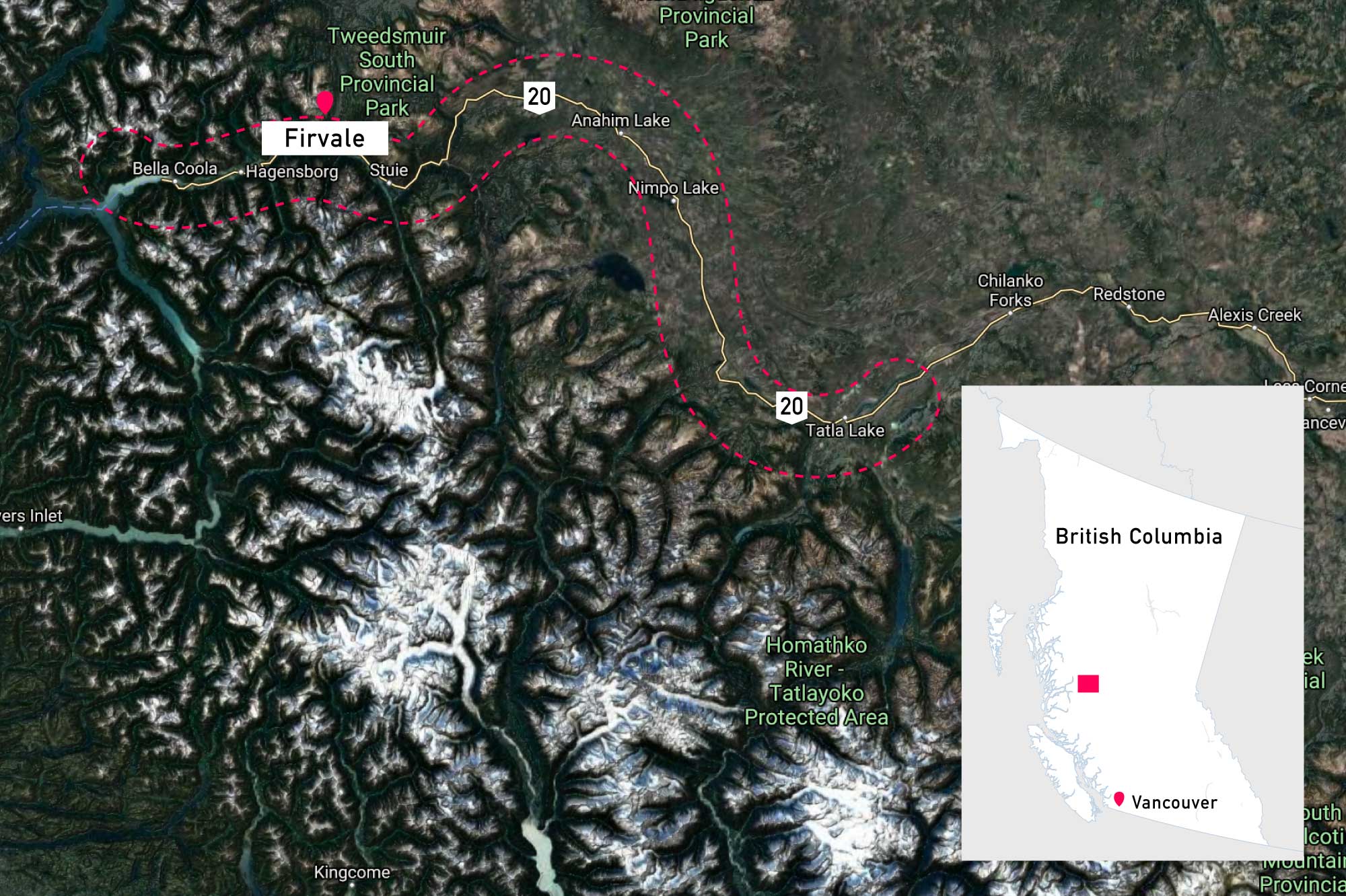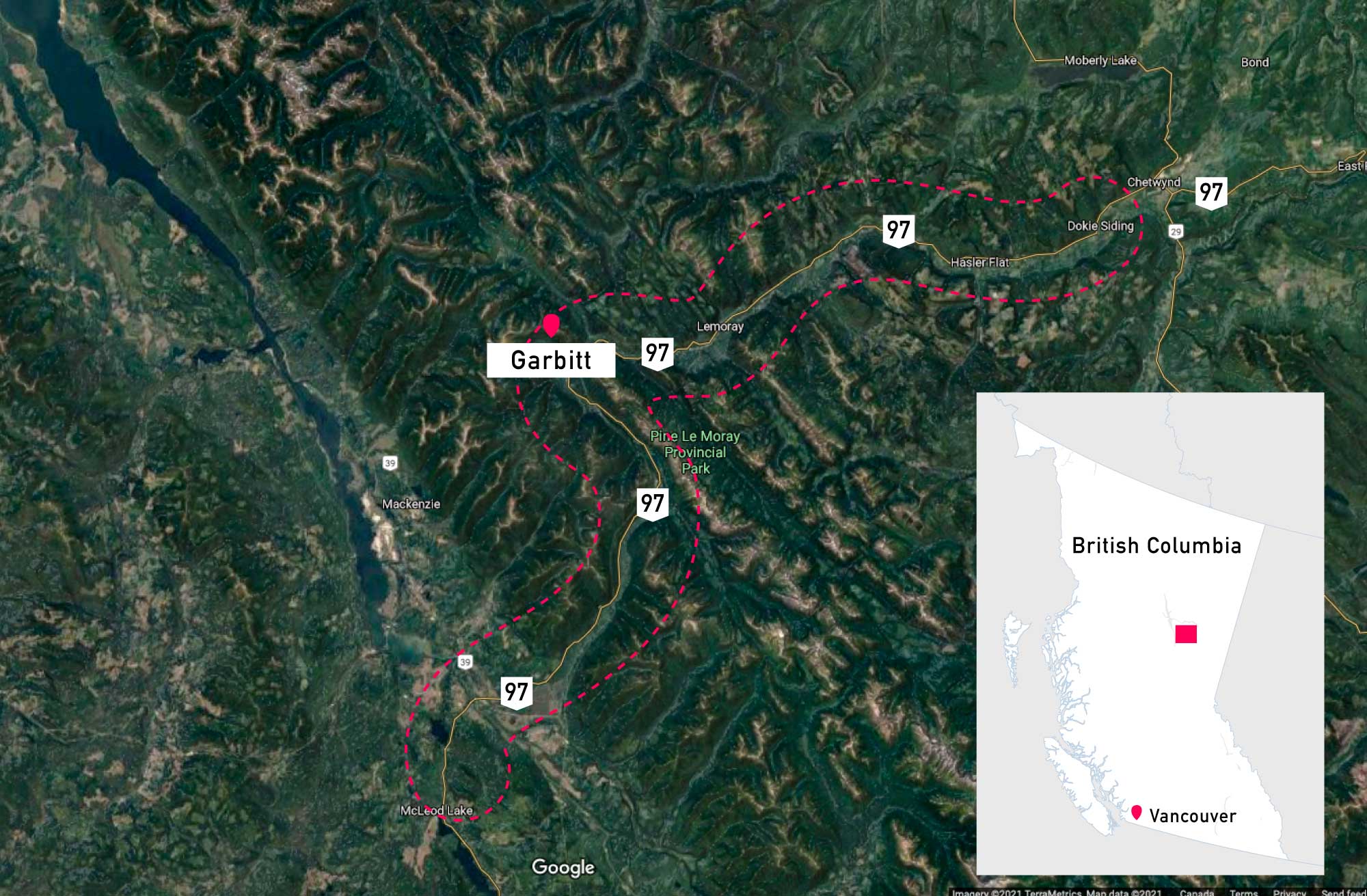Box 1: Development of the PIEVC Protocol
In the mid-2000s, the environmental sustainability committee of Engineers Canada started a partnership with Natural Resources Canada to explore the issue of climate change, in particular the identification of climate risks that could impact public infrastructure. The initiative brought together senior figures from the world of engineering, climate science, insurance, academia, and federal, provincial, and municipal policy: a group that would eventually be called the Public Infrastructure Engineering Vulnerability Committee, or PIEVC, pronounced pie-VC. Over the following decade, the PIEVC would develop a protocol for climate risk assessment that is now widely used across Canada and internationally, for building projects and by public transit managers, provincial government departments, and a raft of other entities.
Today, climate risk assessments using the PIEVC Protocol as a template can acquire much of the necessary climate data by accessing publicly available data from ClimateData.ca, or regional climate services such as Pacific Climate Impacts Consortium (PCIC) and Ouranos. At the time of developing and testing the Protocol however, acquiring this information took up a significant proportion of the costs of the assessment.
The very first real-world trial run of the PIEVC Protocol was performed on a public water works in Portage La Prairie, Manitoba. One of the biggest lessons the group learned was that everyone involved with a piece of infrastructure, regardless of role, has vital information to relay in the vulnerability assessment process. Initially, they had been speaking just to the designers and managers. But they quickly realized the importance of having everyone in the room, including operations and maintenance staff, to assess potential hazards. This co-evaluation process is an important part of the Protocol. A simple slogan they adopted commanded that: “Everyone who has a hand on it, has to have a say about it.” All of these diverse perspectives have different risk tolerances, and the aim should be to understand the combined risk tolerance of the organization, not just that of a particular individual or particular job type within it. The Protocol processes were revised to reflect these lessons.



